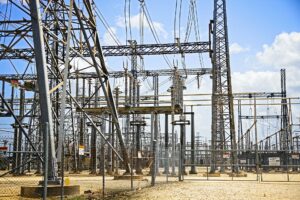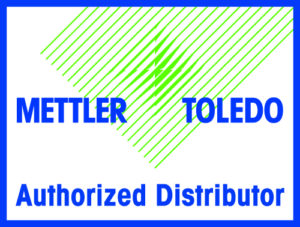Metrology Glossary: Automatic Shut Off
What Is An Automatic Shut Off?
An automatic shutoff is a mechanism designed to cease the functioning of a given system or device seamlessly and autonomously, eliminating the requirement for manual intervention. It is often used within pressure and temperature management systems, where it acts as a safeguard against potentially dangerous conditions. This sophisticated feature can be calibrated to activate at predetermined levels, such as specific pressure or temperature thresholds. This ensures the preemptive deactivation of the system or device before it can escalate to hazardous levels.
What Is Automatic Shut Off Used For?
- Pressure and temperature regulation systems: Automatic shutoff mechanisms find widespread application in pressure cookers, boilers, and industrial machinery to avert potential explosions or fires. These mechanisms are engineered to automatically close if the pressure or temperature within the system surpasses safe limits.
- Electrical systems: Automatic circuit breakers serve as safeguards for electrical circuits, preventing overheating and fire hazards. These breakers activate automatically when the current in the circuit exceeds established safety thresholds.
- Chemical processes: Automatic shutoff systems are integral in chemical plants and laboratories to forestall uncontrolled reactions. These systems possess the capability to identify hazardous conditions and initiate an automatic shutdown of the reaction before it reaches a perilous state.
- Medical equipment: Many medical devices, including pacemakers and defibrillators, incorporate automatic shutoff functionalities to safeguard patients. These devices can identify potential issues and execute an automatic shutdown to mitigate the risk of harm.
- Motorized vehicles: Certain vehicles, such as trains and airplanes, feature automatic shutoff systems designed to halt operations in emergency situations. These systems play a crucial role in accident prevention and life-saving interventions.

Related Terms
A Positive Temperature Coefficient (PTC) refers to a characteristic observed in specific materials, such as platinum and nickel, where their electrical resistance increases as the temperature rises....
A pressure relief valve (PRV) plays a crucial role in ensuring the safety and integrity of hydraulic systems. Its primary purpose is to maintain the system pressure within a designated...
Explosion-proof equipment serves a crucial role in safeguarding environments where the potential of explosions exist....
Further Reading

Insulating gases (primarily SF6 but also SF6 blends, N2, g3, and a variety of others) are used in industrial settings to protect switchgear from failure.
March 4, 2024






